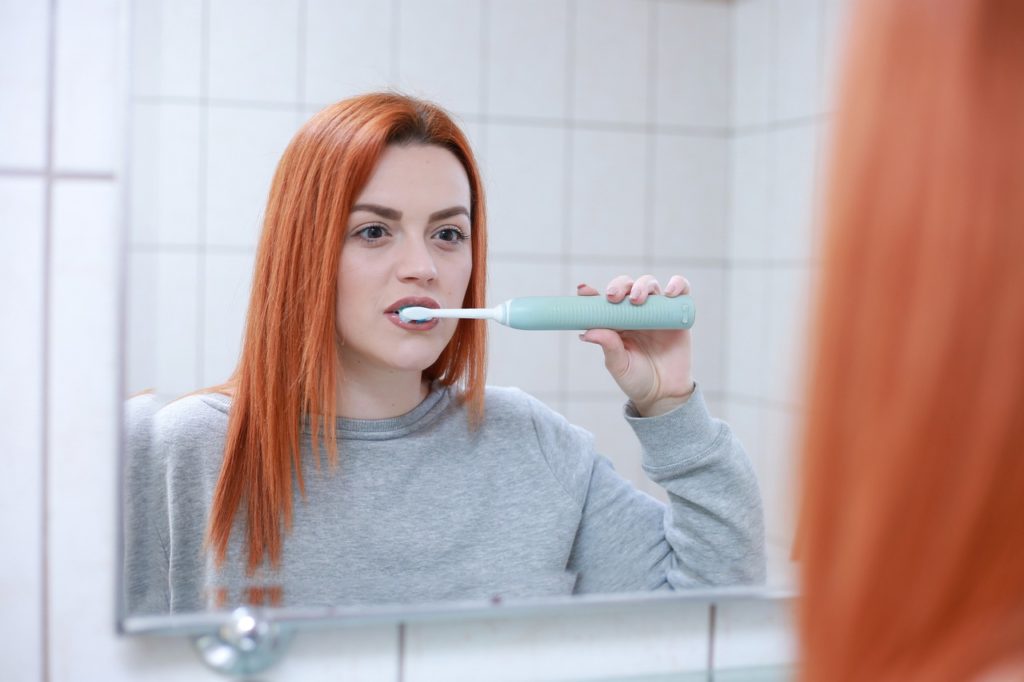In an effort to maintain proper oral hygiene and healthy teeth, you find that you’re brushing your teeth many times throughout the day. You could also be brushing so hard that your teeth will begin to bleed. Excessive tooth brushing is something that many people do in hopes of avoiding tooth decay and gum disease. However, overbrushing can actually lead to more inflammation and problems.
Are you an overbrusher? Read on to find out more.
The Effects of Brushing Too Hard or Too Much
Too much of one things isn’t a good idea. When it comes to brushing your teeth, you want to avoid toothbrush abrasion. This can lead to your gums receding and your teeth becoming very sensitive.
Brushing your teeth with a coarse toothbrush or using too much force will wear down the outer layer of your teeth. Losing this enamel results in sensitive teeth, and you can also develop very tender gums. Receding gums aren’t something you can easily fix. When the roots of your tooth are exposed, this can lead to gum disease and tooth decay. This is what you were trying to avoid in the first place!
Are you unsure if you’re an overbrusher? Here’s what to look out for.
-The bristles on your toothbrush become bent or worn out in a short amount of time.
-Your gums looks swollen or red after brushing. They may even be bleeding.
-Your gums appear to be receding.
Are you confused as to how you should be properly brushing? Sinada Dental can help!
Properly Brushing Your Teeth
Brushing your teeth is designed to remove food particles and plaque from your mouth. The technique that you use to remove this plaque is far more important than how hard you’re brushing.
A gentle circular motion will do a good job. You can use an electric toothbrush to do most of the work for you. We recommend the following process.
1. Purchase a soft-bristle toothbrush or electric brush that moves in a circular pattern.
2. Hold your brush along the gum line and at a 45-degree angle.
3. Never brush back and forth. Always use a circular motion.
4. You should feel light pressure on your gums. You shouldn’t be in pain or experience bleeding.
5. Brush for two minutes at a time. This adds up to about 30 seconds per quadrant.
Frequency
When it comes to frequency of brushing, two to three times per day is enough. After each meal is a great habit to develop, but you should wait one full hour after eating before you brush. You could end up doing more harm than good when it comes to enamel quality.
When it comes time to replace your toothbrush, make sure you’re buying something that’s soft. This prevents any damage from occurring to your gum tissue. A new toothbrush should be purchased approximately once every three months. If you have any questions about proper oral hygiene or how to brush, contact us here at Sinada Dental for more information!


